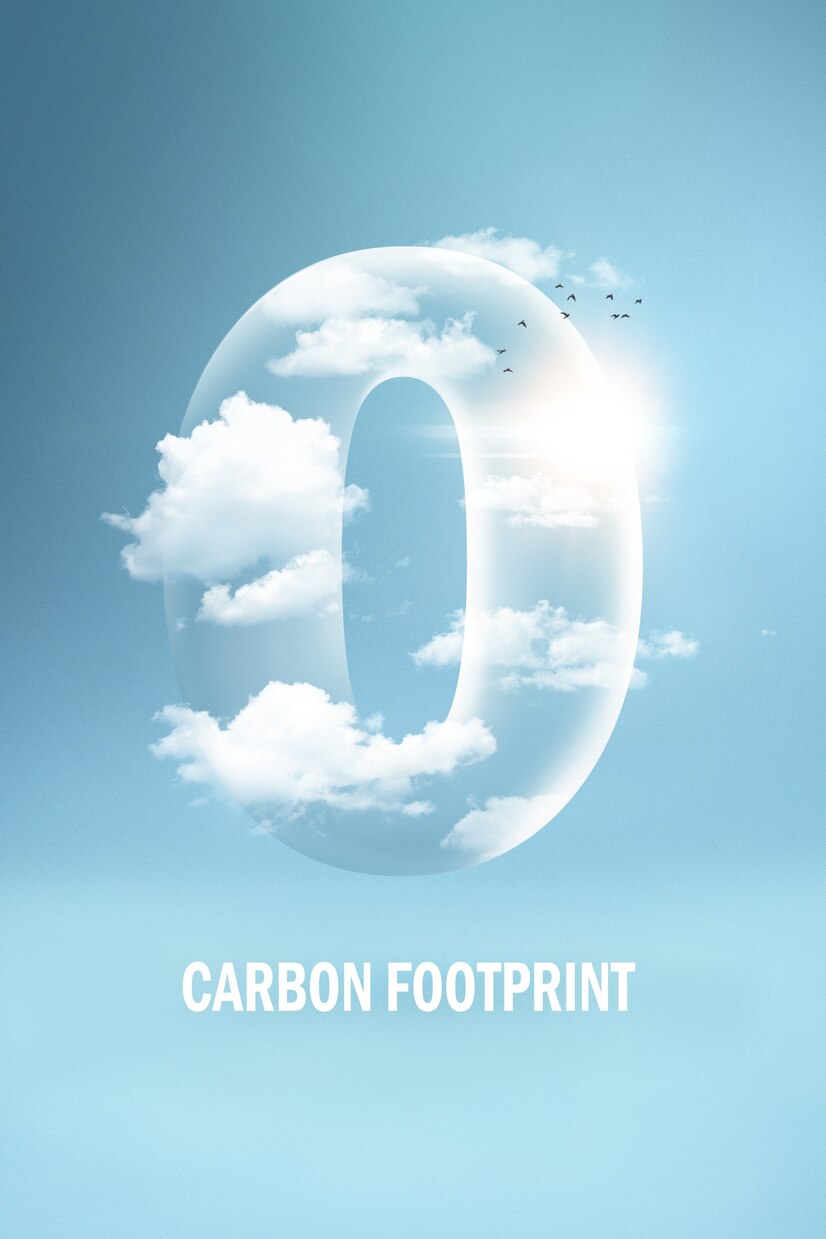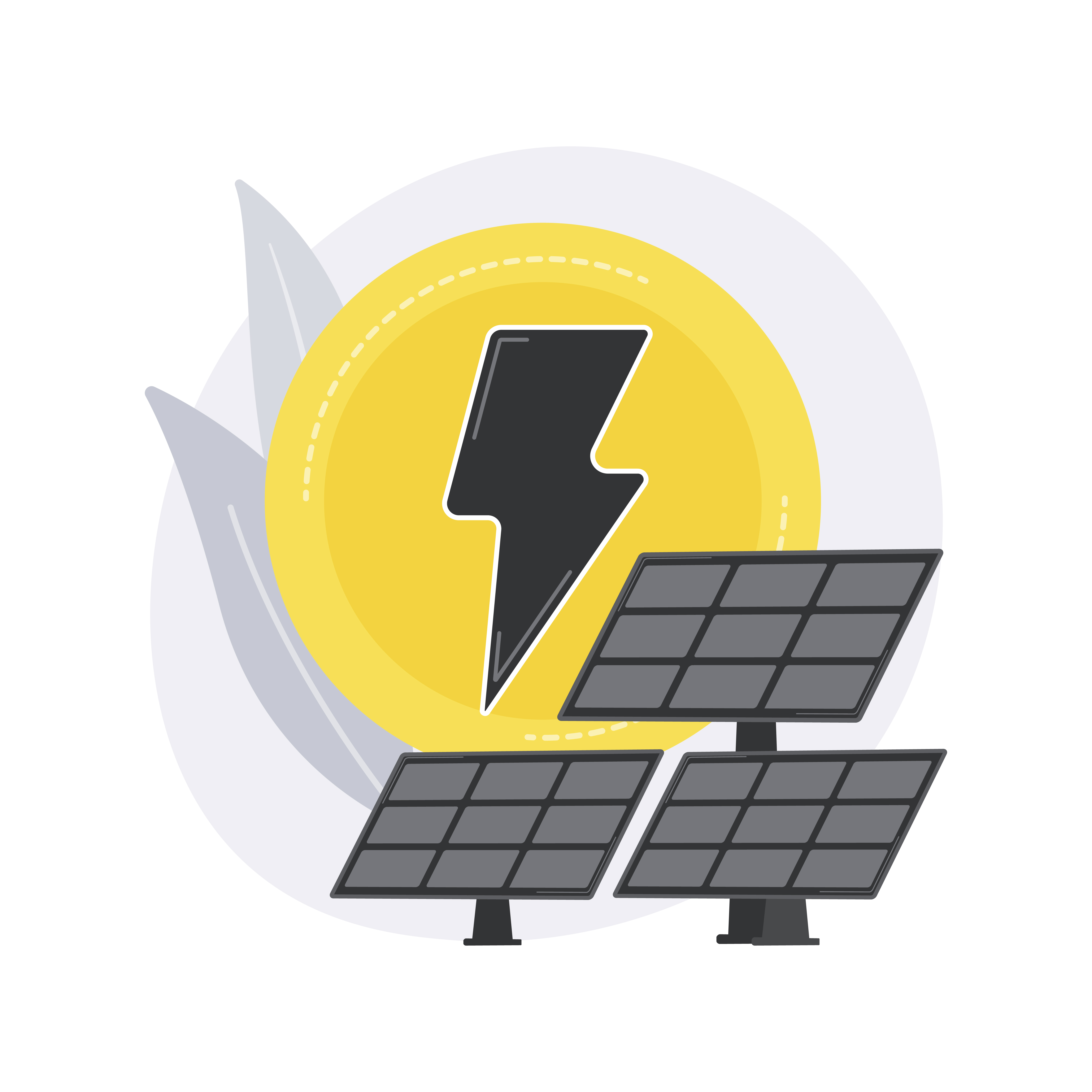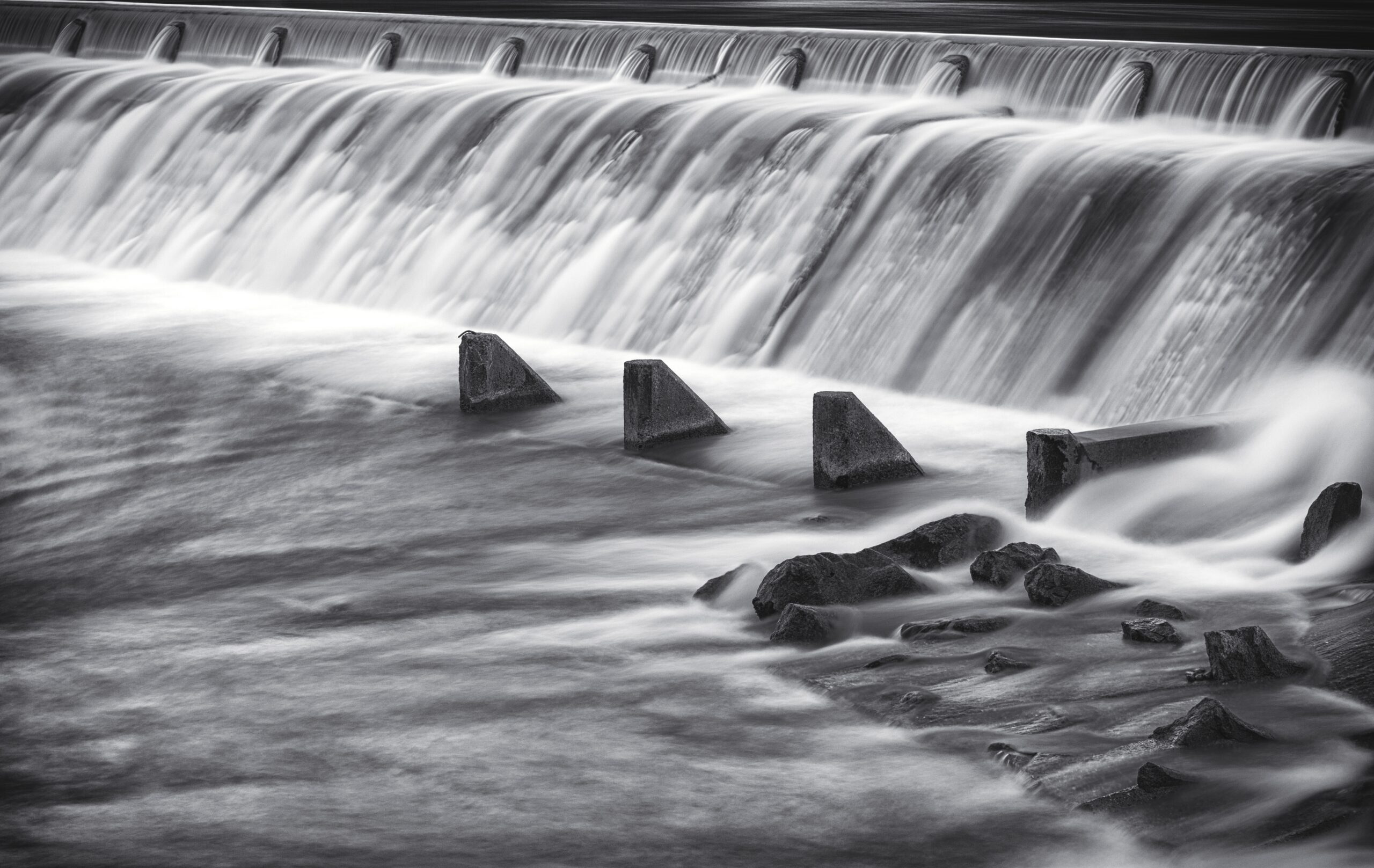This article will discuss hydropower in America and investigate the ambitions & strategy, and challenges behind wind energy. It will also shed light on the key players and the projects of interest. Hydropower is an indirect way to reduce carbon emissions, and it will be crucial in America's quest to attain net zero by 2050.
Ambition & Strategy:
On 31 May 2022, the Department of Energy announced $8 million in funding for hydropower projects.
- General Electric’s research will explore cost-effective methods to increase hydropower units’ electricity generation capacity and combine hydropower with batteries for pumped storage hydropower with $3,000,000 in funding.
- Littoral Power Systems will design, build and test rapidly deployable upgrade systems for hydropower plants enabling them to adjust electricity output and reduce wear and tear with 3,080,020 in funding.
- Oregon State University will test the value of a hybrid hydroelectric-storage generation unit with 1,930,909 in funding.
Under Bipartisan Infrastructure law, the federal government announced $28 million in funding for research and development projects in hydropower. - Support hydropower growth and pumped storage hydropower technologies with $14.5 million in funding.
- Expand pumped storage hydropower for energy storage and support variable electric grid with $10 million in funding.
- Support stakeholders’ efforts to understand community-level issues affecting hydropower with $4 million in funding
Hydropower Plants
- The Grand Coulee Dam, located in Washington, was constructed in 1942 with an initial capacity of 1974 megawatts. Through additions made between 1967 and 1985, its total capacity has now reached an impressive 6809 megawatts. The original construction, initiated in 1941 with an investment of $300 million was followed by subsequent expansions from 1967 to 1975, amounting to a substantial investment of $700 million. It produces 21 billion kilowatt-hours of electricity and can power about 2 million homes.
- The Bath County Pumped Storage Station in Virginia underwent construction in 1977 and began operations in 1985. Notably, it underwent an upgrade in 2004, involving a substantial investment of $1700 million to upgrade and enhance its capacities. The ownership is between Dominion Energy, Bath County Energy, and Alleghany Power System. It has a capacity of 3,003- Megawatt powering 750,000 homes.
- Chief Josef Dam in Washington, construction began in 1949, started operations in 1955, with 8 generators, and expanded in 1958 with 16 generators, and in 1979 it reached 27 generators with a final capacity of 2069
Megawatt. The ownership of the hydropower facility belongs to the United States Army Corps of Engineers. - Robert Moses Niagara Power Plant in New York, constructed in 1958 at an investment of $800 million, started operations in 1961. The ownership of the hydropower facility lies with the New York Power Authority. It has a capacity of 2429 Megawatt.
- John Day Dam in Oregon/Washington construction began in 1958 and entered operations in 1968. The cost of the project was $511 million. The ownership of the hydropower facilities falls under the jurisdiction of the Army Corps of Engineers Walla Walla District. It has 16 generators with a cumulative capacity of 2160 Megawatt.
Market Leaders
- General Electric Renewable Energy, based in New York, harnesses Earth’s resources to power economies and remote communities.
- Andritz AG, based in Georgia, supplies plants, equipment and services for various industries such as hydropower and biofuel.
- Siemens Energy AG, based in Florida, is engaged in providing sustainable and affordable energy.
- Voith Gmb & Co, based in Wisconsin, manufactures technical equipment for hydropower plants.
- Duke Energy Corporation, headquartered in North Carolina, is a prominent electric power and natural gas holding company.
Challenges
- The first challenge to increasing hydropower is changing climate conditions. For instance, the Colorado River basin is experiencing a 22-year drought leading to low levels in Lakes Mead and Powell.
- The second obstacle is that it is expensive to build hydropower plants. One example is that embarking on hydropower investments necessitates an economic development plan spanning two decades.
- The third challenge arises from the social issues caused by building hydropower, as communities face displacement due to the land needed for constructing these plants. In 2000, dams and reservoirs directly displaced approximately 40 to 80 million people, causing significant population upheaval.
Final Viewpoint
In this article, I have discussed America's ambition and strategy, focusing on six projects launched by the federal government to outline their initiatives. Secondly, I have introduced the five largest hydropower plants and the top five indigenous firms in the hydropower market before listing the three obstacles to scaling hydropower in
the country. Ultimately, the federal government is actively promoting hydropower by providing funding for critical projects. However, it is worth noting that some of the largest existing plants are ageing. Few plants with large capacities or many plants with small capacities are needed to deploy hydropower at scale across the country.
End Notes:
- https://www.energy.gov/eere/articles/us-department-energy-announces-8-million-technologies-increase-hydropower-flexibility
- https://www.energy.gov/articles/biden-harris-administration-launches-28-million-program-advance-hydropower-clean-energy
- https://www.doi.gov/ocl/hydropower-opportunities-and-challenges
- https://climate.mit.edu/ask-mit/why-arent-we-looking-more-hydropower
- https://www.mordorintelligence.com/industry-reports/usa-hydropower-market
- https://www.mpofcinci.com/blog/the-six-biggest-hydroelectric-plants-in-america/
- https://www.britannica.com/topic/Grand-Coulee-Dam
- https://www.usbr.gov/pn/grandcoulee/about/faq.html#:~:text=The%20first%20was%20from%201933,%24700%20million%20in%201980s%20dollars.
- https://www.dominionenergy.com/projects-and-facilities/hydroelectric-power-facilities-and-projects/bath-county-pumped-storage-station
- https://www.nwd.usace.army.mil/CRSO/Project-Locations/Chief-Joseph/
- https://www.nwd.usace.army.mil/CRSO/Project-Locations/Chief-Joseph/#:~:text=Chief%20Joseph%20Dam%20is%20the,the%20entire%20Seattle%20metropolitan%20area
- https://www.power-technology.com/marketdata/power-plant-profile-robert-moses-niagara-us/
- https://www.power-technology.com/marketdata/power-plant-profile-bath-county-us/#:~:text=The%20gross%20head%20of%20the,project%20cost%20is%20%241%2C700m
- https://www.power-technology.com/marketdata/power-plant-profile-john-day-us/





